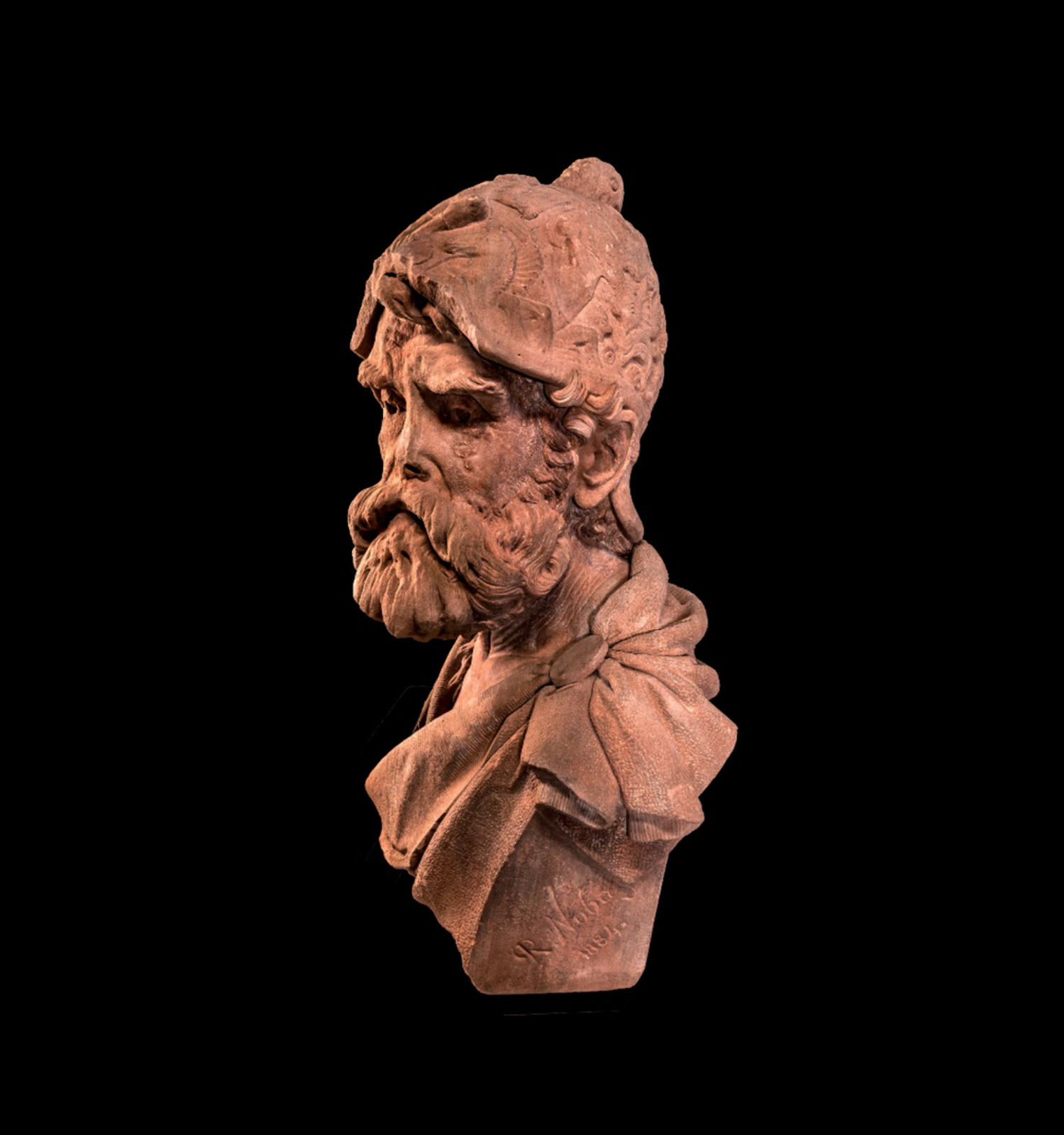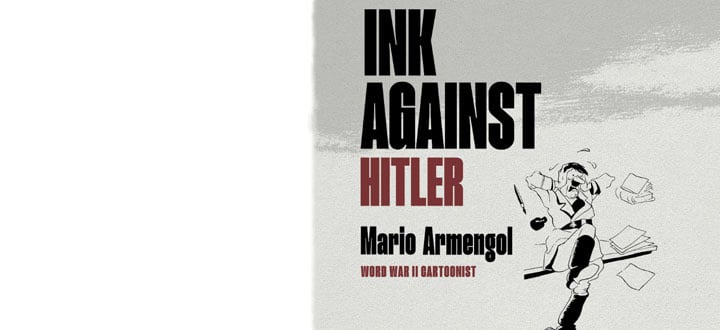Barcelona City Council donates to the museum the bust of Rossend Nobas that crowned Gaudí’s ‘The Fountain of Hercules’ in the gardens of the Palau de Pedralbes
Barcelona City Council donates to the museum the bust of Rossend Nobas that crowned Gaudí’s ‘The Fountain of Hercules’ in the gardens of the Palau de Pedralbes
The bust of Rossend Nobas that crowned Gaudí’s Fountain of Hercules in the gardens of the Palau de Pedralbes has been donated to the museum and will form part of the exhibition, Gaudí, which will be inaugurated on 18th November.
The bust has been restored by the department of Urban Architecture and Heritage of Barcelona City Council, and has been given to the museum to be part of the exhibition 'Gaudí', which will be inaugurated on 18th November and which proposes a complete revision of the architect’s trajectory. It will be the moment when the public will be able to see a piece that for many years had been considered missing, and that was found a few months ago in the storeroom of the municipal Public Art collection and where it was identified by the photographer, Pere Vivas. Once the exhibition is over, the piece will become part of the museum’s collection.
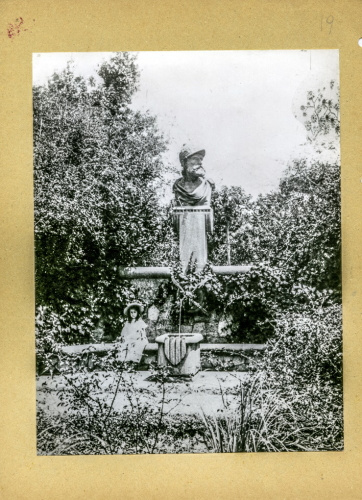
The only know photo of the original Fountain of Hercules (© Arxiu Càtedra Gaudí)
The bust, dated 1884, is the work of Rossend Nobas, one of the most important Catalan sculptors of the late 19th century. Nobas was also the sculptor-portraitist of the Güell family, and is the author, among many other works, of Wounded Bullfighter, currently in the Museu Nacional, and of the busts of Cervantes, Milton and Dante that crown the façade of the Fundació Tàpies, the Monument to Rafael Casanovas in Barcelona or L'Aurora, the golden quadriga (a chariot drawn by four horses) that crowns the waterfall of the Parc de la Ciutadella.
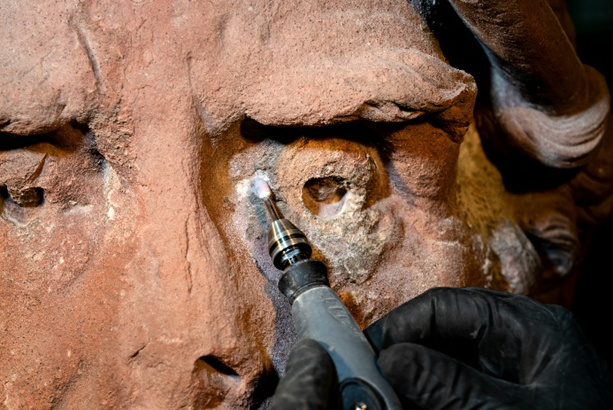
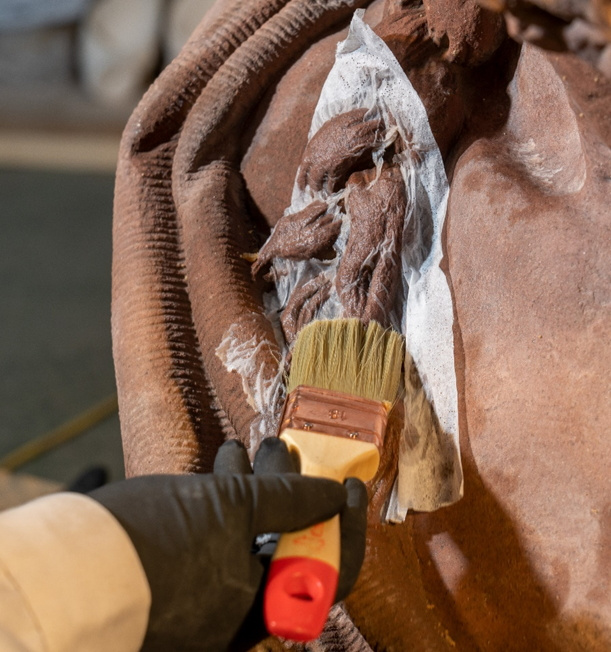
Photo © Pere Vivas - Triangle
The bust is of notable size: it has dimensions of 103x67x46 and a weight of approximately 476 kilograms, and is carved in red sandstone similar to Buntsandstein. It represents a bearded male face of baroque inspiration wearing a helmet that has as motives from the second work of Hercules: the death of Lernaean Hydra, a gigantic nine-headed water-serpent that lived in the spring of Amymone, one of the entrances to the underworld. The representations that can be detailed in the helmet are: on the front and visor, the episode of Poseidon’s arrival in his shell-shaped chariot pulled by seahorses driven by newts and nailing his trident to the ground; in the coronation and back part, the Hydra, that in the frontal vision presents the form of a masculine face, possibly Nereu; and on the sides, Iolaus with his torch, Hercules himself with his club, a figure perhaps female, several heads already carved of Hydra, dolphins and other marine animals.
More information and photographs of the piece
